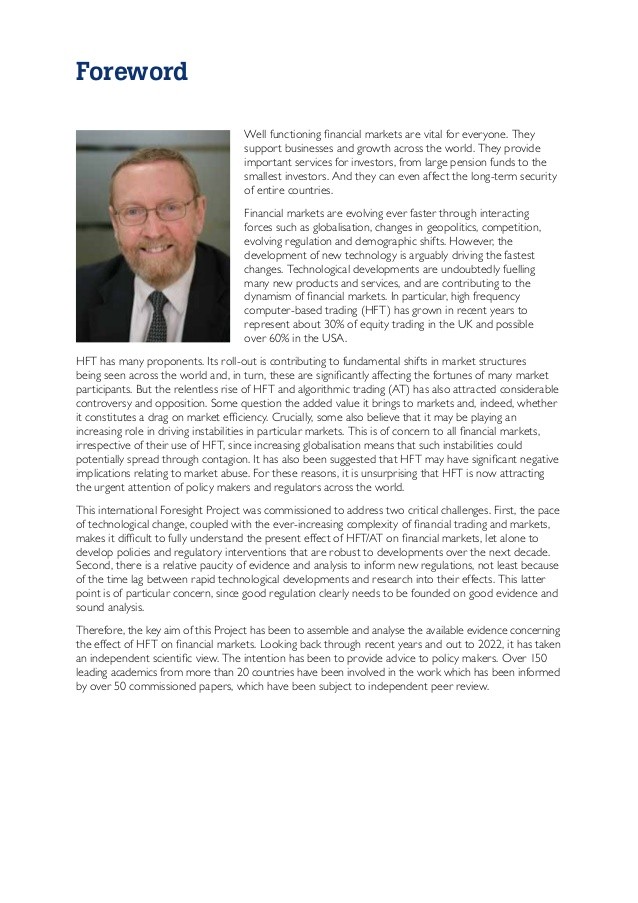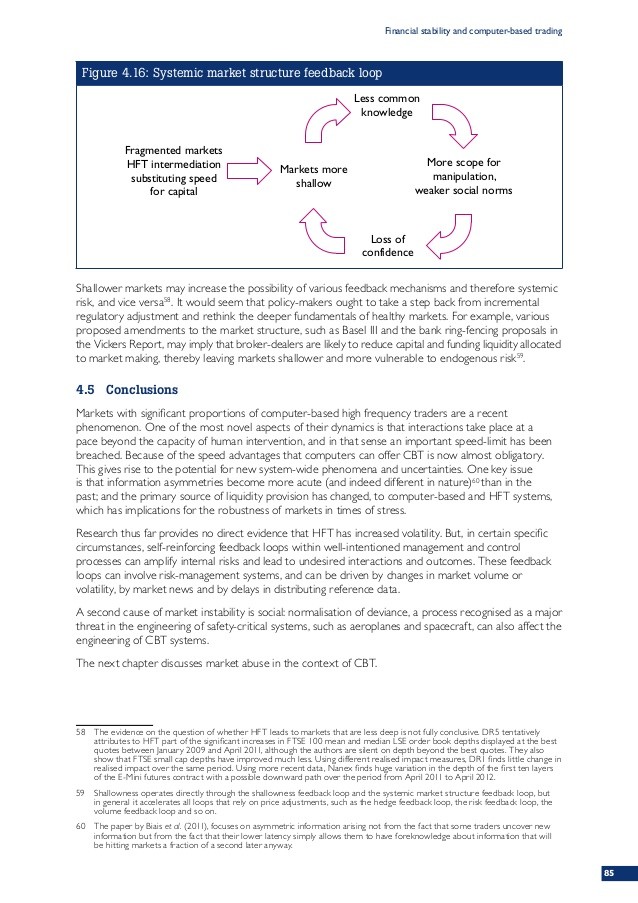The MakerTaker Model and Access Fees It’s Time for the SEC to Correct the Prisoner’s Dilemma
Post on: 16 Март, 2015 No Comment

by Gary Stone
The following comment is the opinion of the author and not necessarily the opinions of my employer, Bloomberg Tradebook, or our parent company, Bloomberg Financial L.P.
The SEC created a prisoner’s dilemma by setting a cap on “access fees” with Regulation NMS in 2005. The SEC must act and cut the fee they set in order to minimize the market structure distortions that are caused by this fee model. Recently, some have called for this system/model to be dismantled completely. It is the author’s opinion that the SEC is unlikely to do this, as such a move would be too radical; an easier and more consistent action would be to simply cut the cap. It is the author’s opinion that lowering the cap will serve to minimize the distortions. This topic is a little complicated. I, hopefully, will simplify it.
Access Fees and the Maker-Taker Pricing Model
In the U.S. equity market, participants that cross the spread and act on the posted market pay a fee to “access” liquidity – an access fee. Participants are incentivized to post (passive) bids/offers through a subsidy provided by the takers of liquidity. This subsidy is in the form of a rebate of the access fee that is paid to liquidity providers. This “maker-taker” system has been around since the 1996 order execution (handling) rules were enacted in 1997. A market venue will charge liquidity takers 30 mils and rebate (pay) liquidity providers 28 mils. There are some exceptions to this model, however, to keep this discussion simple, let’s stick to this principle – the take fee is higher than the rebate. A market venue’s profit is the spread between the two fees.
Recently, there has been more discussion around the distortive effects and conflicts of interest that access fees and the maker-taker system put on the national market structure. In November 2013, RBC sent a comment letter to the SEC urging them to test an overhaul of the exchange business models by eliminating the maker-taker (rebate) system. This discussion is healthy. However, my prediction is that regulators will not dismantle the access fees and the maker-taker system – it is too radical an approach. Rather, the SEC can (and is more likely to) take steps to reduce the conflicts by changing the fee structure. For example, the SEC could cut the 30 mil access cap they set with Regulation NMS.
Where Did Maker-Taker Come From?
Prior to 1997, ECN liquidity was private. In fact, ECNs required their members to pay commissions to access liquidity. In 1997, the SEC adopted the Order Execution Obligations, also known as “The Order Handling Rules.” The order handling rules mandated the inclusion of ECN liquidity as part of the national market by requiring it to be displayed in the national montage. There is no overt mention of access fees and rebates in the rule. In fact, some regard the maker-taker system as the unintended consequence of footnote 126.
Criticism
Despite operating an equity market venue (one of the original ECNs), Tradebook has always criticized all forms of payment for order flow, including the maker-taker practice. In a January 2002 Traders Magazine article, Tradebook called for the SEC to reexamine the model and “Abolish Access Fees!”. The criticism is best summed up by the testimony of former Tradebook chief executive Kevin Foley before the House Financial Services subcommittee on Capital Markets, Insurance, and Government Sponsored Enterprises in October 2003: “There is no good reason why market participants entering limit orders should receive a subsidy from participants entering marketable limit orders and plenty of good reason why they should not. There is also, of course, no defensible argument for payment for flow of market orders.”
The SEC reaffirmed the maker-taker model in July 2008 with the application of the model to the U.S. options market. Tradebook petitioned the SEC to reconsider (abrogate) its decision to approve NASDAQ’s maker-taker fee schedule for its newly launched options market. We argued that the SEC should more broadly discuss what the options market structure should look like—not simply approve the maker-taker model because NASDAQ based its fee schedule on the same pricing model as equities.
Access Fees Are Distortive and Alter Market Behavior
More and more market constituents are weighing in on the issue. In a January 2014 Bloomberg News article. Executive VP Chris Concannon of Virtu Financial LLC, a high frequency electronic market maker, expressed his view that the rebate system is a flawed fee model and distorts trading. While these pricing systems probably can’t be dismantled, there are “things you can regulate to mitigate their impact on market structure.”

Eliminating the maker-taker system would be viewed as a radical approach. However, a practical first step and less radical approach that the Commission could get their arms around would be lowering the access fee cap.
Back on March 13, 2013, at Representative Garrett’s Round Table Discussion on Market Structure, former NYSE Euronext COO Larry Liebowitz and I tried to explain to the panel, which included SEC Commissioner Gallagher, how access fees are indeed distorting the marketplace. Rather than undertaking a radical market structure change, such as eliminating the system itself, the SEC should simply lower the 30 mil cap that was set in 2005 by Regulation NMS (see the video around 25:00 – 29:00). The markets, especially commission rates, have changed dramatically since 2005. The fee cap needs to be updated – I support lowering the cap to 6 mils—where I think that the rebate would essentially be at a de minimis level and mitigate distortive behavior.
Exchanges Are Not Likely to Act on Their Own
Some market participants will assert that lowering the cap may have an adverse effect on liquidity—lower rebates will mean less liquidity. Many asset classes and markets that do not have a rebate structure function normally. From the exchange point of view, since exchange trades are always paired off (for every buyer there is a seller), the outright level of the maximum take fee needs to be high enough to accommodate the desired “spread” between the make and take fee.
Exchanges are losing market share to off-exchange venues. Some blame this on the exchange-based liquidity being too expensive. Brokers can internalize flow at much lower rates. Caught in a prisoner’s dilemma, exchanges are reticent to lower their take rates independently. Why? Executives at exchanges fear that if they lower their take fees independently (making taking their liquidity more economical), the exchange will have less liquidity with which incoming orders can interact because their maker flow will migrate to the higher rebate venues. This leads to our conclusion: The SEC created the prisoner’s dilemma with the taker fee cap introduced in Regulation NMS in 2005 and they need to act/intervene to lower it. I suggest a cap of 6 mils. Lowering the spread from the current 30 mil peg to 6 mils will preserve the spread that currently exists at a majority of the lower tier levels at the exchanges. It should also lower the conflict dynamics.
The world is a much different place than in 2005 when the cap was set. Spreads are tighter and institutional commission rates are lower. Discussing a reduction in the cap to a point where the rebate is de minimis is far less radical than seeking to abolish the system. It would also be a great first step in determining if the “Trade-At” rule is necessary…but I will leave that for another blog post.
>> Posted by Bloomberg on January 24, 2014














